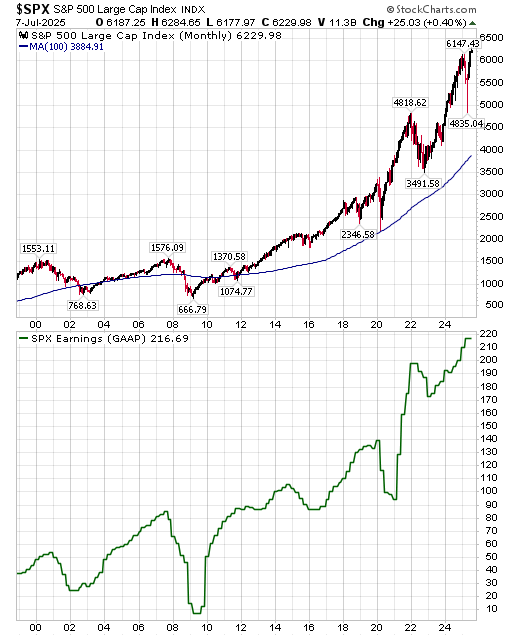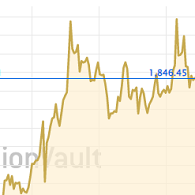S&P Measure Now a Target
- Soviet Nail Factory: When nail production was measured by weight, workers produced a few giant, useless nails. When the target changed to quantity, they made tiny, flimsy ones. In both cases, chasing the metric led to waste, not useful output.
- Central Bank Inflation Targeting: Central banks like the Fed focus on hitting a 2% inflation target. But this narrow focus has led to financial bubbles, rising debt, and asset inflation, while masking and exacerbating deeper problems in the economy.
- Standardized Testing in Education: Schools judged by test scores often "teach to the test" or even cheat. As a result, real learning declines, and education becomes more about gaming the system than teaching students to think. This is happening in AI Large Language Models (LLMs), too, where models are trained to hit certain benchmarks.
- Crime Statistics and Police Incentives: When police departments are rewarded for lower crime rates, they sometimes reclassify or underreport crimes. This improves the numbers on paper but hides real risks to public safety.
- CDO Risk Models and Pre-2008 Volatility Assumptions: In the years before the Global Financial Crisis, banks and ratings agencies used recent price volatility to estimate the risk of collateralized debt obligations (CDOs). Because volatility was low, the models assumed the assets were safe. But the low volatility was itself a product of the credit bubble, and when it cracked, the models failed catastrophically. Risk measures that became targets of design led to a systemic mispricing of danger. Using volatility as an input to risk models made the system much more fragile. The 2008 crisis only required a match. That match was falling house prices. In response to the financial crisis, the Fed went down the path of currency debasement – a path that has long-term consequences that still lie ahead.
- Volatility-Control Funds in the 2020s: Many modern funds adjust their exposure to stocks based on short-term volatility. When markets are calm, these funds pile into equities, pushing prices higher. But if volatility suddenly spikes, they're forced to sell all at once, accelerating a downturn. By using volatility as both a measure and a trigger for action, they risk turning small shocks into major selloffs. This phenomenon heavily explains the algorithmic selling of stock indexes from April 2 to April 9, 2025.
- GDP Growth as a Sole Policy Goal: Governments pursue GDP growth through any means possible, including deficit spending and unsustainable development. GDP may rise, but quality of life, sustainability, and government-policy-induced wealth inequality are often ignored.
- Social Media Engagement Metrics: Platforms that reward content based on likes, shares, and comments have incentivized outrage, misinformation, and addictive behavior, distorting both public discourse and mental health.
- Academic Paper Counts: In academia, careers are built on the number of papers published. This encourages low-quality, repetitive research and discourages deeper, riskier work that takes more time but yields greater value.
- Corporate Earnings Targets: Companies chasing quarterly earnings goals may cut research, lay off workers, or engage in accounting tricks. They meet the numbers, but sacrifice long-term growth and innovation in the process.











 Email us
Email us